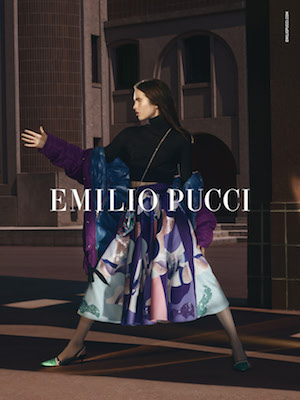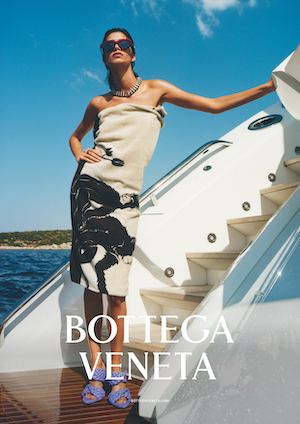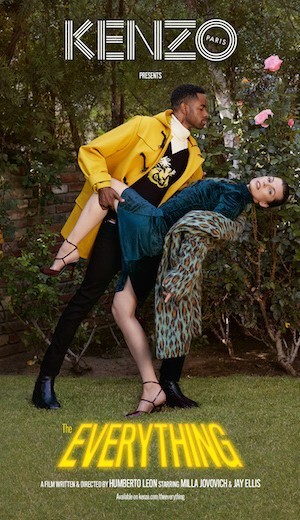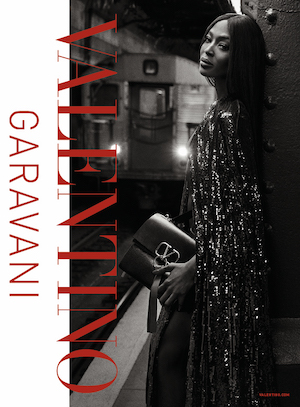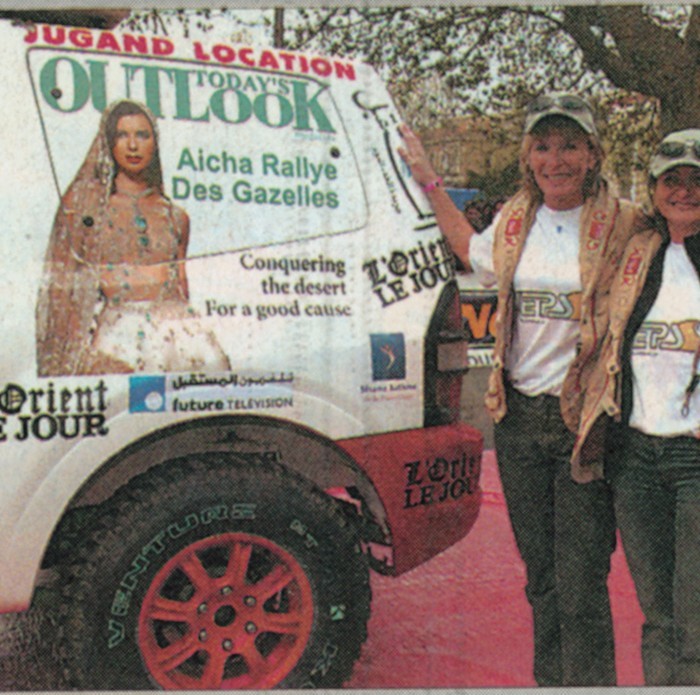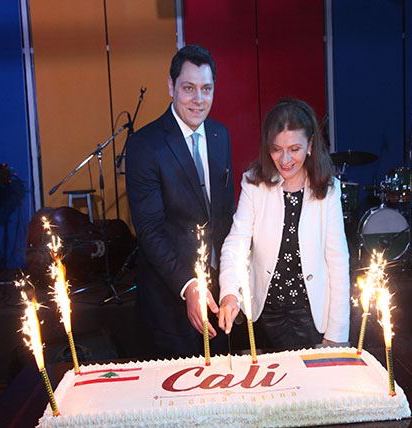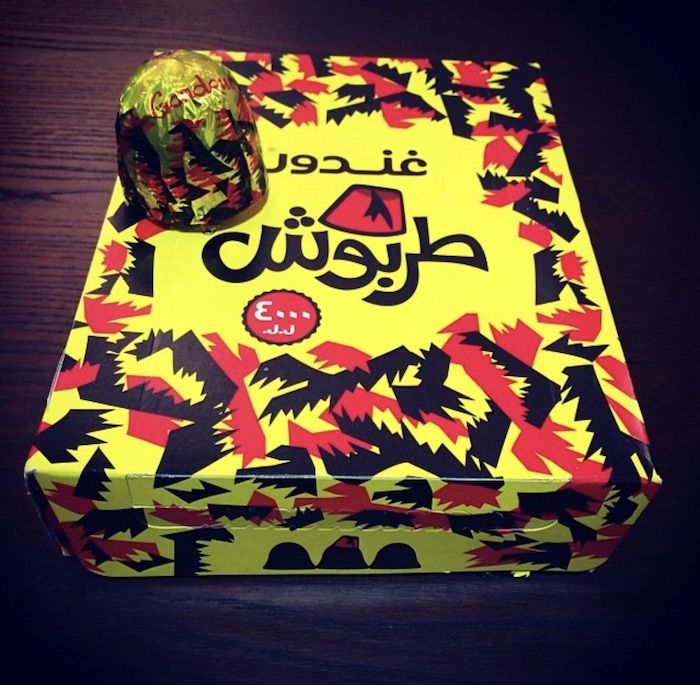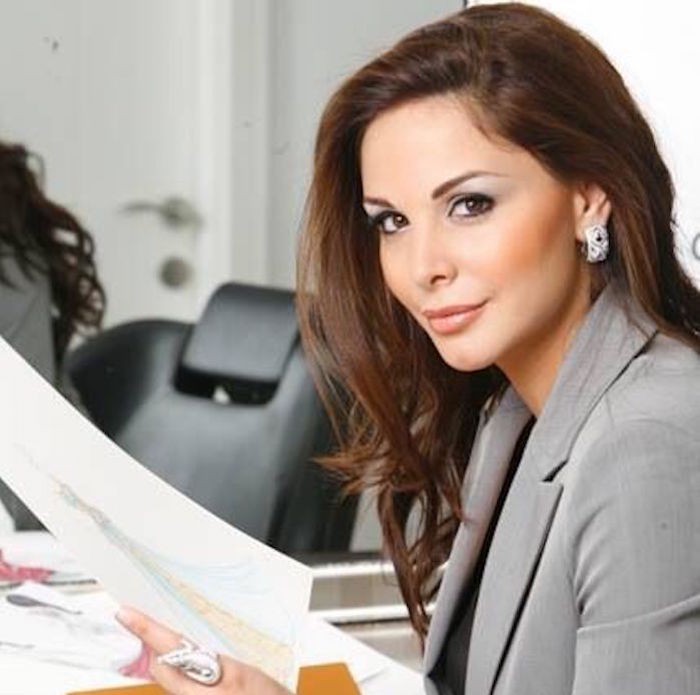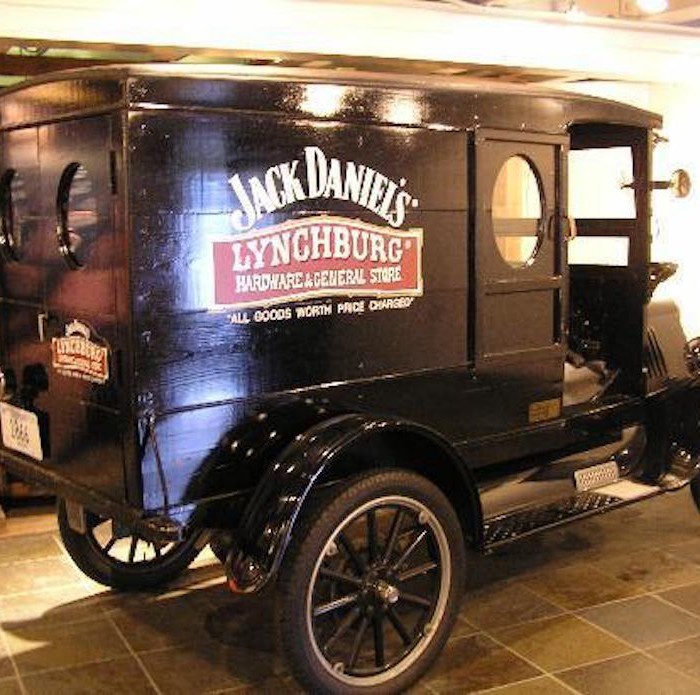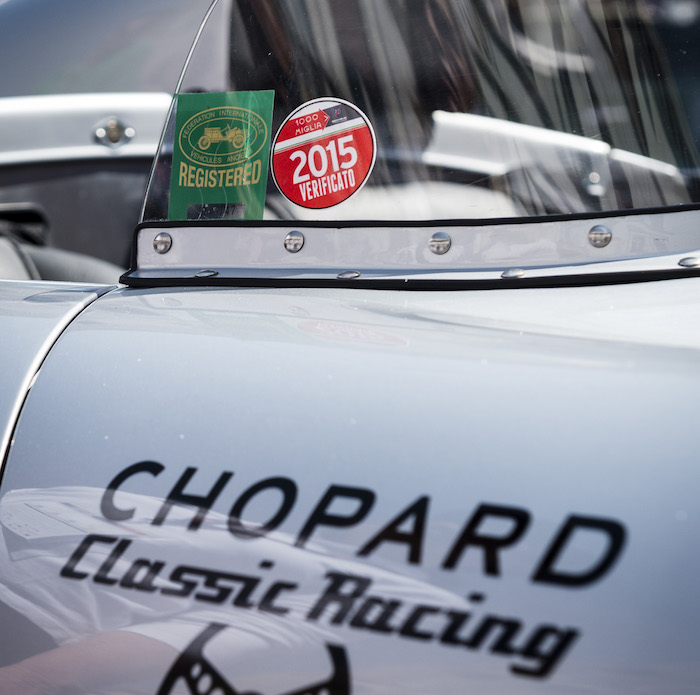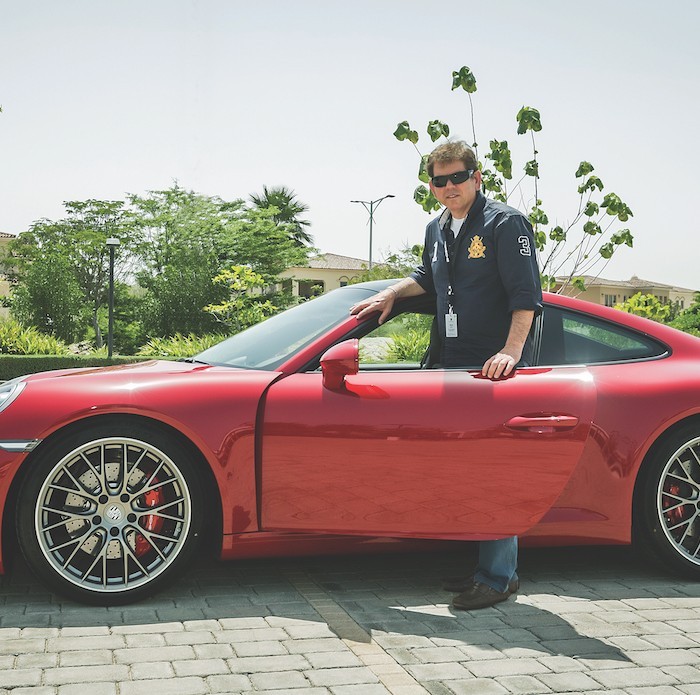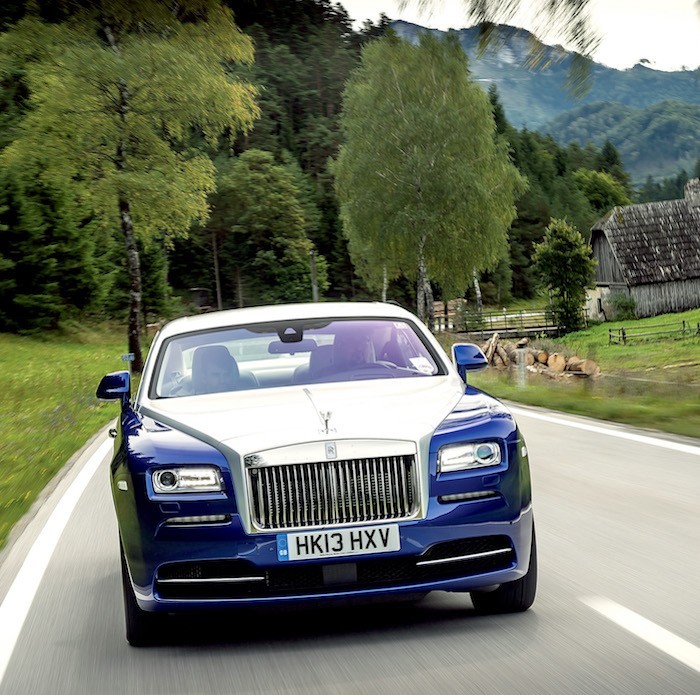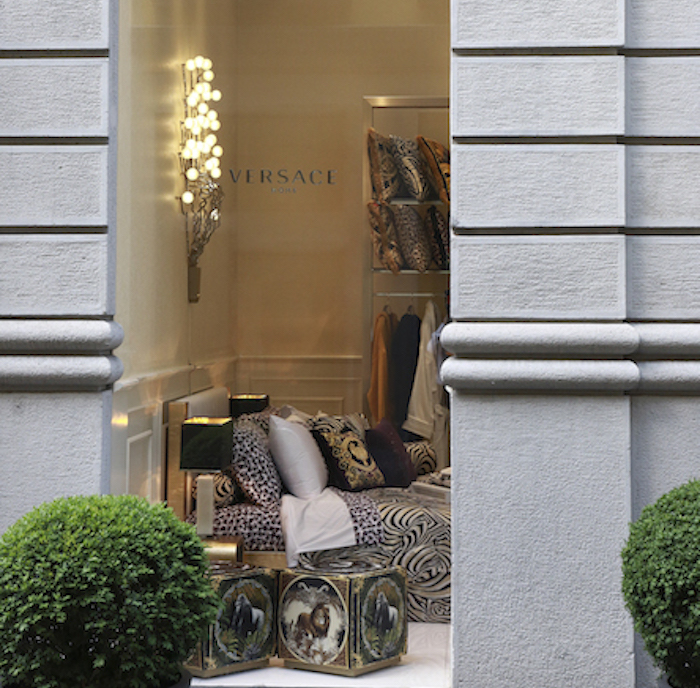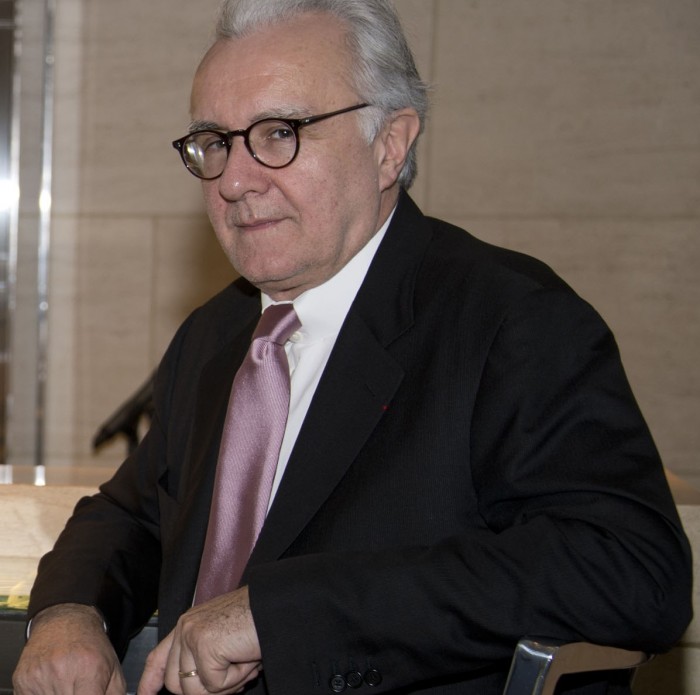Lifestyle
Jerome Griffith
Taking Tumi to the Top
October 29, 2010
His expertise and leadership abilities stem from his numerous successes – he planned and executed GAP’s European expansion; he developed and managed Tommy Hilfiger’s global retail business; and he turned Esprit into a $5 billion fashion retailer (the fifth largest in the world).
This business phenomenon is Mr. Jerome Griffith.
A native of Pennsylvania, Griffith has an impressive and extensive career which has yielded many corporate success stories and spanned the world’s top international fashion and accessories corporations. For over 30 years, he has successfully managed companies on five continents – from Gap in 1989, to Tommy Hilfiger in 1999, to President of Esprit in 2002, then Chief Operating Officer in 2004, and President of Esprit North & South America in 2006.
Since 2009, Griffith has been the President and CEO of Tumi, a leading international brand of business, lifestyle and travel accessories. The brand is sold in over 140 Tumi stores worldwide as well as top department and specialty stores in over 65 countries. Although Tumi products have been available in Lebanon at Aïshti stores, this September marked the opening of Tumi’s first mono-brand store in Fakhry Bey Street, Downtown Beirut.
Today’s Outlook caught up with international businessman Jerome Griffith to discuss Tumi’s growing presence in the region and all that makes Tumi synonymous with luxury and quality…
Why did you decide to join Tumi?
Tumi is known for great design, great innovation and great quality. I’ve been a user of Tumi products for many years, so when I was asked if I was interested in joining the company, it was an easy sell for me; I had no hesitation. Being a consumer for almost 20 years myself, I could really see the potential of the brand and I knew that there was so much more the brand could do. So, I had lots of ideas and luckily, I’ve had the opportunity to implement some of them and so far it seems to be working out fine.
What changes have you made since joining Tumi?
If you look around the store, you will see that there is a lot of black. People tend to carry handbags, backpacks, briefcases and luggage all in black. Once, when I was in a store in London, I saw one bag in 20 colors and I immediately thought ‘what a great idea’. So we implemented this idea last Christmas and since then, we have introduced a new color range every season. We’ve had a really great reaction from consumers, and we’ve found that women respond very well to color. Although color is not our best seller, people really like it and I actually think it makes the black sell more.
Other than introducing the element of color, have there been any new developments?
This season we’ve launched something called ‘Accent Your Alpha’ which is another element of Tumi’s personalization program. We have five different points on the bag which enable customers to adjust the look of their bag with the addition of colored components. This only started very recently and it has been very well received. It represents about 20% of bag sales, which is quite impressive. In terms of brand extensions, we started with outerwear about a year ago and this has been very successful, primarily because we design the outerwear along the same design guidelines that are used to design anything else in the company. This means that it has to be technically innovative, it has to be functional, it has to be superior quality, it has to be wonderfully designed and it has to be very sleek and modern.
Having been in the fashion and accessories industry for over 30 years, how have consumer needs changed with time?
Recently, many airlines have started to charge customers for extra weight, so light-weight bags represent a changing need. Last year, additional charges by airlines accumulated to four billion dollars, so it has become very important for consumers to be light-weight and avoid extra charges. Demand for lighter-weight bags also arose because of the increasing number of women in the workforce; they don’t want to carry heavy bags simply because it gives them back and shoulder pain. So we have introduced new stylish and light-weight products to meet these needs. Another big trend we have introduced is casual-wear, with a collection called Alpha and another called Alpha Bravo, which has a more casual, relaxed look with softer, less-structured designs. People are looking for a more easy-going lifestyle and they need a bag that represents that.
What product category is your best seller?
Luggage bags represent about 25% of everything that we sell, and business bags are a very big sector representing 30% of sales. A huge percentage of the items we sell are accessories including wallets, passport cases, cell-phone cases, little electronic adaptors and belts. Some newer accessories that we have coming out soon are eye-wear and travel accessories such as luggage tags which come in different colors so that you can spot your bags easily.
You mention that cell-phone cases are a big seller. Is it surprising that people would invest so much in small accessories?
No, because our customers know that they are buying a superior-quality product. If ever a customer had a problem with one of our products, they can return it and we will gladly repair it. You might be surprised to know that sometimes we get bags returned that are as old as 20 or 30 years, in which case we offer the customer a new bag. The surprising thing is that they don’t want a new bag, they simply want us to repair that bag because people get very attached to their bags; it is how they organize their lives.
Tumi is well-known for producing superior quality products. Did the recession force you to make compromises regarding quality?
No. I can’t compromise on quality because if I do, it changes what the company is. What happened with the recession is that airlines started to charge people for bags, so people wanted lighter-weight bags and this became a big push for us. Also, there is a trend for polycarbonated bags, or hard-sided, light-weight bags, which is something we hadn’t done before, but we introduced it because there was a call for it. People look for quality and value and if they are going to pay premium price for a product, they need to understand what the value is. In our case, such as when I talk about the Tumi bag I purchased in 1991 and I still carry, value is assessed on a per-use basis. The need for quality products will always exist, even in a recession. Overall, has the recession affected us? Absolutely. Have we tried to adapt to it and come out of it? Absolutely, and based on our business results, I would say we did a good job. In any business, you have to be adaptable to new situations because things change and they change fast.
Why did Tumi choose Lebanon as the location of its most recent store?
It was really the resurgence of Beirut. In this part of the world, there are two big cities that people travel to – Dubai and Beirut. Both are very nice, both are upscale and both are growing. And as the saying goes, ‘Beirut is the Paris of the Middle East’. It is very multi-cultural; you have a lot of travelers and tourists and any place where you have travelers or tourists, we do well. So our presence in Beirut was kind of a no-brainer. We also have a lot of our competitors here such as Louis Vuitton who originally started out as a travel company as well, and also some of our friends such as Christian Louboutin and Dior. We were also already present in Aïshti, where we are currently expanding so when they re-open their restaurant next month, we’ll have a boutique just outside it.
How many Tumi stores are there currently in the region?
This is our seventh Tumi store in the Middle East and we have over 100 points of distribution. We hope to open another three or four stores in this area, which we consider to be a big growth area, so there are still lots of opportunities for us in this region.
What other markets are current growth markets?
We break the world down into four parts: Asia, Europe, North America, and South America. We will look at each ‘part’ and assess how it is doing and how it is growing. Today, the biggest growth area is Asia, and this is not unique to us – it is a worldwide trend. From a company growth perspective, we are growing in many markets, particularly in Asia and North America, which is our largest volume market and represents over half of our business; we are still growing at over 20% a year in North America.


